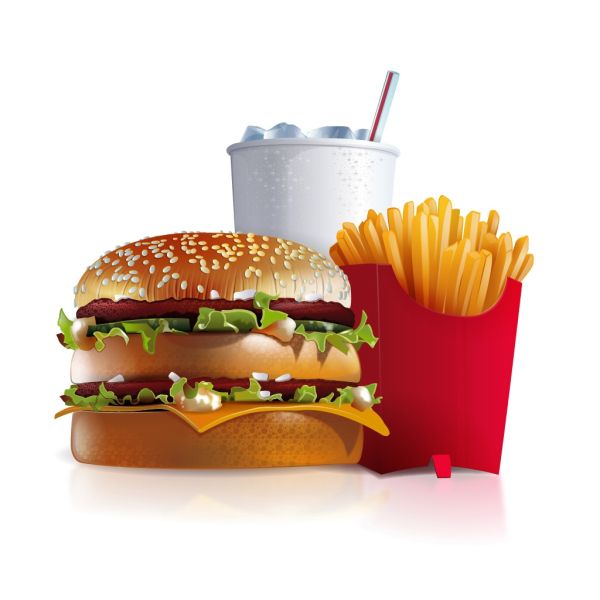Almost half of the Canadian population ends up eating out every day! Sounds unbelievable? But its a fact! The latest trade figures of the country reflect that as much as 47% of the population eats out in a restaurant every day, a figure that is showing upward trends constantly!
Come-back of the skipped Breakfast
Breakfast as a meal was the most skipped by Canadians even 5 years ago. This trend reflected a population always on the go where focus was on the word ‘convenience’. Robert Carter, executive director of food service at NPD Group, which tracks eating trends, commented on the same observation saying “That really represented an opportunity to cater to an area of convenience – and quick service is all about convenience.” Likewise, the convenient fast food ‘breakfast sandwich’ has seen phenomenal growth in recent years attributing to that figure of 47% mentioned above.
Quick Service Trend for Dinner
Coming to the topic of dinner and the Canadian trend of dining out, the latest trade figures show that two-third of the population who are out for dinner, or the ‘out-of-home meal traffic’ as popularly known, visit fast food joints every day.
Apart from the eating out trend, the graph and figures clearly show a shift from the full service restaurants to the quick service ones, again emphasizing on the Canadian preference for convenience. According to NPD figures, when Canadian opt out of cooking, a quick service fast food outlet is where they go to 64% of the time. The figures for full service restaurants and prepared food at grocery / retail outlets reflect a dismal 24% and 12% respectively.
Fast Food Trends
But what are the reasons for this giant leap in fast food dining out trend in Canada? The Answer lies in the three-fold aspects of convenience, menu innovations and the increasing instance of ‘snacking occasions’ that have all collectively resulted in the highest dollar volume of the Canadian food industry in the last 6 years. A mammoth $48 billion and still spending!
The two important trends in Canadian diners reflect both demographics and preference. While demographics reflect that not only the baby boomers but the chunk of 18-34 yrs population showed an increase of 157 million restaurant visits in the last five years, the preference aspect show that diners have shifted not from the meal type but to the restaurant type where quick service restaurant with larger spending on creativity and menu innovation is what is gripping their fancies.
Both the table cloth restaurant and the fast food joints are in essence fighting for the same people and the same dollars. Hence, cutting down on the number of restaurants and targeting specialization might just do the trick.





